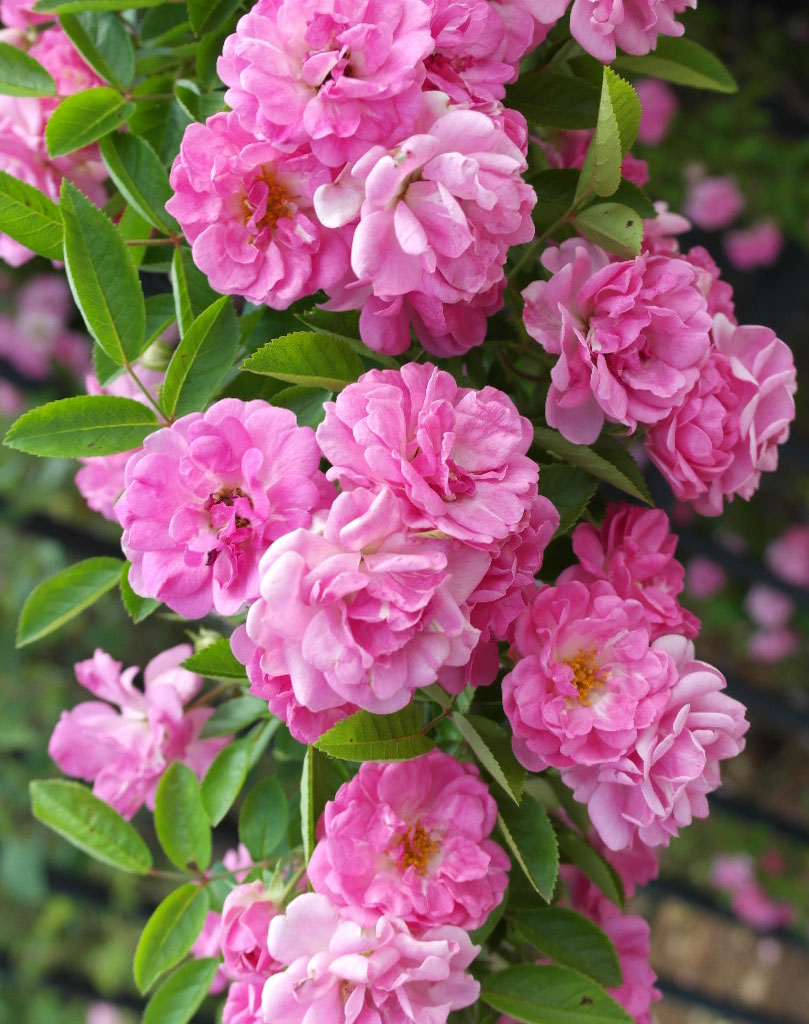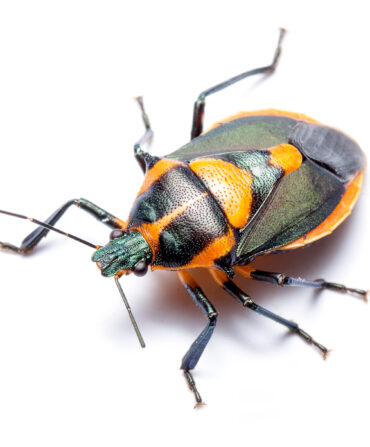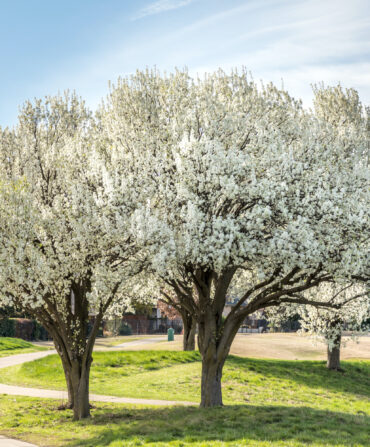Thirty-six hours before Hurricane Katrina made landfall, Peggy Rose Martin looked over her garden one last time.
Its greenery sprawled throughout the twelve-acre property she shared with her husband and her parents in Plaquemines Parish, Louisiana, a few miles across the Mississippi River from New Orleans. She inhaled the fragrance of the thousands of plants that bloomed here—jasmine, camellias, day lilies, azaleas, and more than 400 antique roses. Martin’s plants, like her family, had deep roots in this land.
“I knew I would never see it like that again,” she recalls.
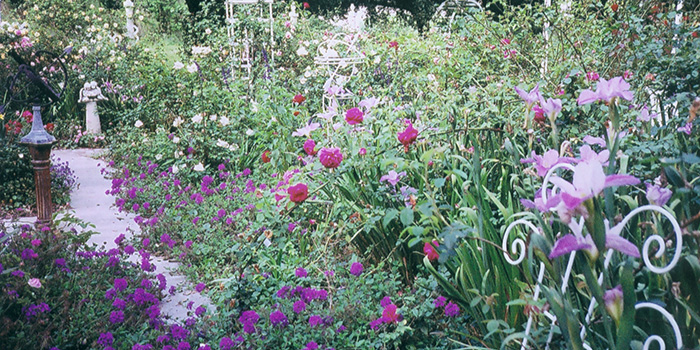
The Plaquemines Parish, Louisiana, garden that Peggy Martin lost to Hurricane Katrina.
Over the thirty-two years Martin lived on the property with her husband, MJ, she had evacuated more than twenty times. But this time, the air felt different. She begged her mother and father, Rosalie and Pivon Dupuy, both age 82, to leave with her, but they refused to go.
On August 29, 2005, the hurricane consumed the coast. The levees protecting the parish did not break, but twenty feet of water surged above them, filling Martin’s property like a bathtub. When the water receded, thick mud and debris covered everything. Peggy returned three weeks later to a sight she compares to Hiroshima. She lost everything: her parents and her home.
“I had to walk past mom and dad’s house, which was horrific, mashed up and destroyed, and I walked back toward my house,” she remembers. That’s when she saw it.
“On the tractor shed that I had to pass to get to my house, there were these big, dark green canes. Forest green,” she says. It was a rambler rose she had started from cuttings more than a decade before. “It was the only green thing left in the whole entire garden. I could tell it was living, and I thought, ‘My God, how did this rose survive when everything else is totally destroyed?’”

Photo: Carol Stubbs
Cascading blooms of the Peggy Martin Rose in her new garden.
The plant withstood 150-mile-per-hour winds, being submerged in twenty feet of saltwater for more than two weeks, and the scorching heat that followed. And still it lived. “I felt in my heart that my mother and father knew how devastated I was going to be and they asked God to leave me something, anything,” Martin says.
This was the beginning of the legend of the Katrina Rose. A friend of Martin’s, Dr. William C. Welch, a horticulture professor at Texas A&M University, reached out to her after the storm. The two had known each other from earlier rose society events, and Martin had given Welch cuttings from the rambler rose two years before. When they both realized they could find no recorded name for the rose, Welch encouraged her to call it the Peggy Martin Rose and use it as a symbol of resilience for the ravaged Gulf Coast. The tale spread and Martin was invited to attend gardening events all over the country. From 2005 to 2010, a handful of rose breeders and sellers sold the rose. A dollar of every purchase went toward rebuilding destroyed gardens along the coast. Ten years later, proceeds from the sale of the rose now support the Heritage Rose Foundation and breast cancer research. The rose is available from distributors throughout the South.
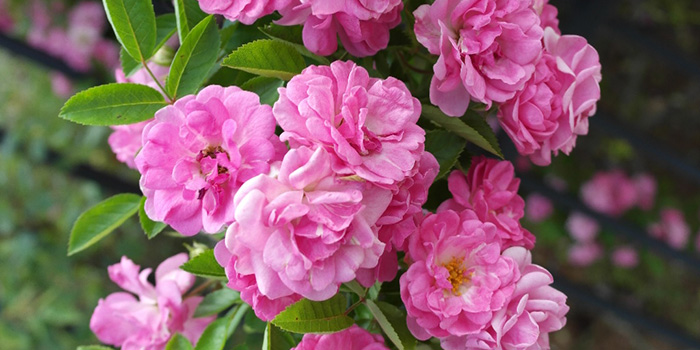
Photo: Martha Chauvin
The Peggy Martin Rose.
Since 2005, thousands of gardeners have enjoyed the Peggy Martin’s lush foliage—clusters of dark pink flowers that explode all over the plant in spring, summer, and sometimes even again in the fall. It is a repeat bloomer, easy to transplant, and prized for its hardiness.
Martin says all the reinvigorated interest in the rose has inspired her to begin writing her own story for a book, and there is even a children’s book in the works. And as for Martin’s garden? It took some time, but she is back to digging. She and her husband started over when they purchased a new property in Gonzales, Louisiana.
“After the hurricane, I swore I would never grow another rose. I was just totally destroyed,” she says. “I thought I would never have another garden. But people started giving me roses and saying, ‘You have to grow roses again.’ And they were right.”
Cuttings from that original survivor rose now bloom in cascades in her garden, and all around the South and beyond. Peggy Martin—and the Peggy Martin Rose—are thriving.
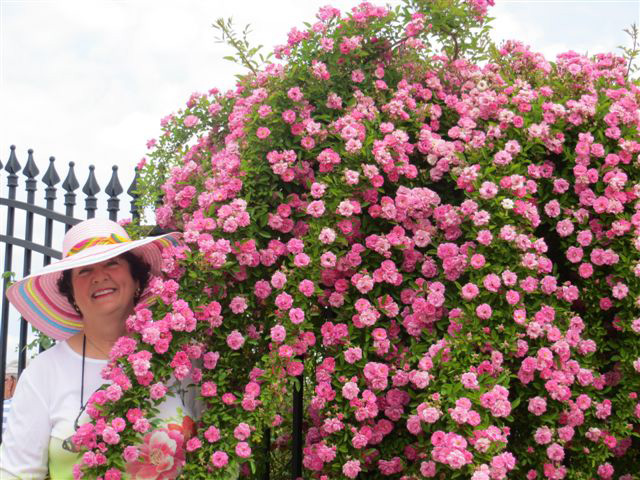
Photo: Carol Stubbs
Martin with her namesake rose.


